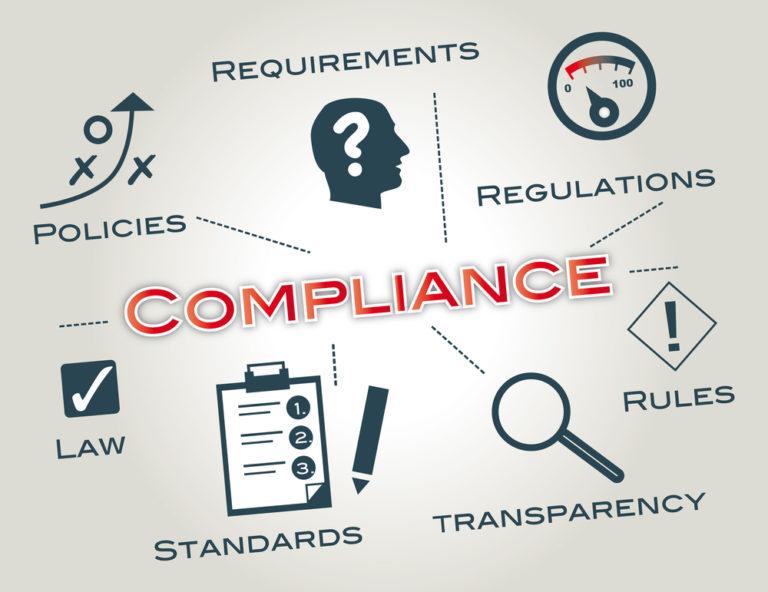How to Get a Handle on Generative AI Governance
In the rapidly evolving landscape of artificial intelligence (AI), generative AI technologies are at the forefront, pushing the boundaries of creativity and innovation. However, with great power comes great responsibility, especially in terms of governance and regulatory compliance. This article aims to demystify the complexities of generative AI governance, offering businesses, legal teams, and compliance officers clear, actionable guidance to navigate this challenging terrain.
Introduction
Generative AI, with its ability to create content ranging from text to images and beyond, presents unprecedented opportunities and challenges. As these technologies become more integrated into business operations, understanding and implementing effective governance strategies is crucial. This guide will walk you through the essentials of generative AI governance, breaking down complex regulatory information into business-friendly language.
Understanding Generative AI Governance
Generative AI governance encompasses the policies, practices, and frameworks that ensure the ethical, legal, and efficient use of generative AI technologies. Effective governance addresses concerns such as data privacy, intellectual property rights, and ethical implications, ensuring that generative AI tools are used responsibly and in compliance with existing and forthcoming regulations.
Key Regulatory Bodies and Frameworks
Several regulatory bodies and frameworks are shaping the landscape of AI governance. These include:
- The European Union’s Artificial Intelligence Act: A comprehensive legal framework aimed at ensuring AI systems’ safety and compliance with EU standards.
- The United States’ National AI Initiative Act: This act focuses on national AI policy and governance, promoting the development of ethical and trustworthy AI.
- The OECD Principles on AI: These principles provide a global standard for responsible stewardship of trustworthy AI.
Understanding these and other relevant regulations is the first step in ensuring compliance and effective governance of generative AI technologies.
Practical Steps for Achieving Compliance
Achieving compliance in the realm of generative AI governance involves several practical steps. Here’s a roadmap to guide you:
- Conduct a Comprehensive AI Audit: Assess your current use of generative AI technologies to identify potential compliance gaps.
- Develop a Governance Framework: Create a robust governance framework that addresses key areas such as data privacy, security, and ethical use of AI.
- Implement Data Privacy Measures: Ensure that your use of generative AI complies with data protection regulations like GDPR in the EU or CCPA in California.
- Monitor Regulatory Developments: Stay informed about changes in AI regulations and adjust your governance strategies accordingly.
- Foster an Ethical AI Culture: Promote awareness and understanding of ethical AI use among your team members.
Benefits of Effective Generative AI Governance
Implementing a strong governance framework for generative AI offers several benefits:
- Compliance with Legal Standards: Avoid legal penalties and reputational damage by ensuring your AI systems comply with current regulations.
- Enhanced Trust and Reputation: Build trust with customers and stakeholders by demonstrating a commitment to ethical and responsible AI use.
- Competitive Advantage: Stay ahead of the curve by adopting best practices in AI governance, setting you apart from competitors.
Case Studies and First-Hand Experience
Examining real-world examples can provide valuable insights into effective generative AI governance. For instance, a leading tech company implemented a comprehensive AI audit, revealing areas for improvement in data handling and ethical AI use. By addressing these issues, the company not only achieved compliance but also enhanced its market reputation.
Conclusion
Navigating the complexities of generative AI governance requires a proactive approach, focusing on compliance, ethical use, and continuous monitoring of regulatory developments. By following the practical steps outlined in this guide, businesses can harness the power of generative AI technologies while ensuring responsible and lawful use.
Remember, the landscape of AI regulation is constantly evolving. Staying informed and adaptable is key to successful generative AI governance. For more in-depth insights and the latest developments in AI governance, be sure to check out the original source of this article.
By embracing these guidelines, your organization can not only mitigate risks but also leverage generative AI as a powerful tool for innovation and growth, all while maintaining the highest standards of governance and compliance.
